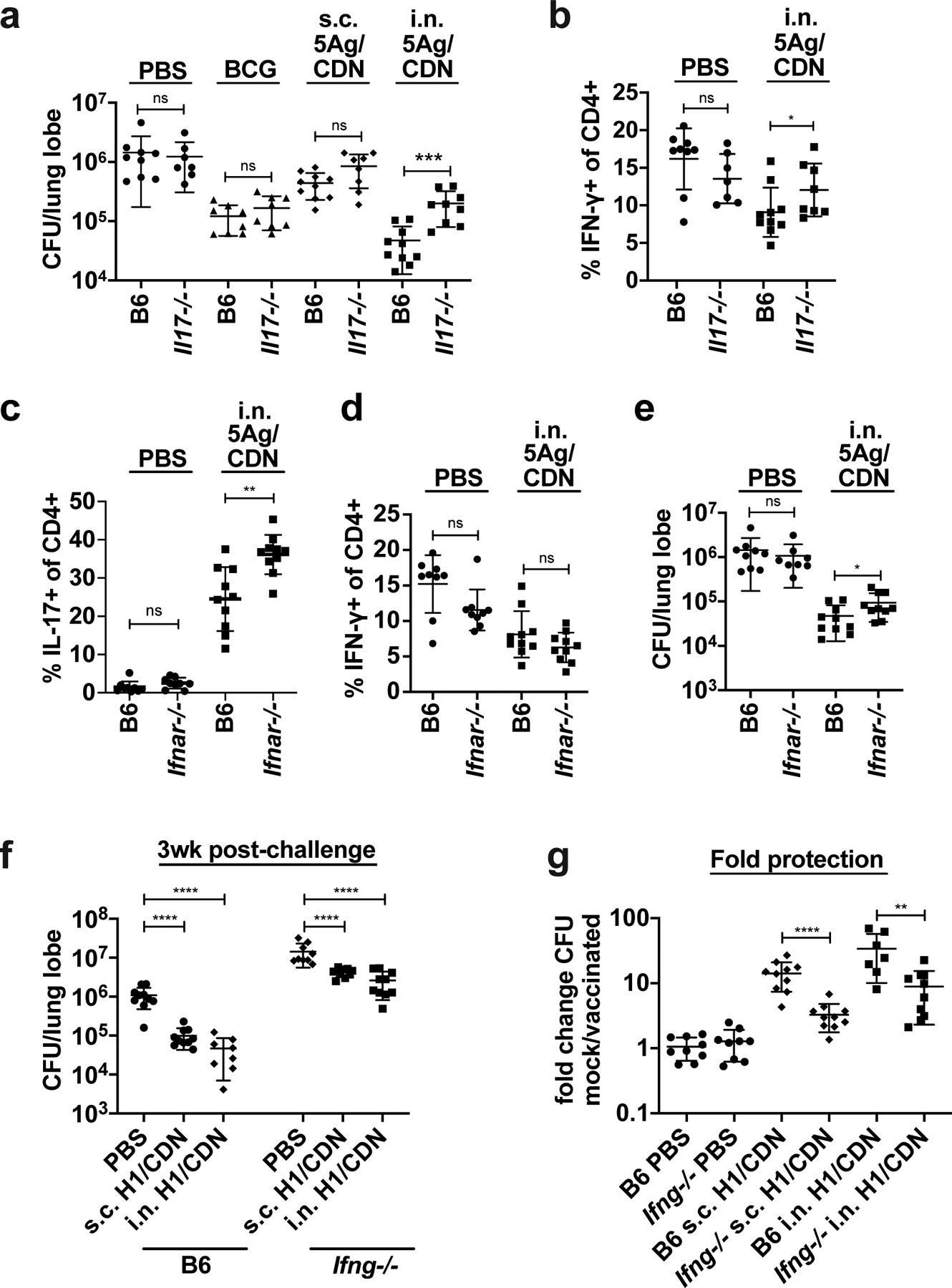Figure 3. IL-17, Type I IFN, and IFN-γ all contribute to vaccine-elicited control of infection with M. tuberculosis.

Wild-type C57BL/6 (B6) and Il17−/− mice were vaccinated once with subcutaneous M. bovis BCG 12 weeks before M. tuberculosis aerosol challenge or primed with either subcutaneous or intranasal M. tuberculosis 5Ag antigen and ML-RR-cGAMP cyclic-di-nucleotide adjuvant (i.n. 5Ag/CDN) 12 weeks before challenge, followed by two boosts. (a) At 4 weeks post challenge, mouse lungs were harvested and analyzed for bacterial burden. (b) ICS analysis of ex vivo restimulated lung leukocytes for IFN-γ. (c) Wild-type C57BL/6 (B6) and Ifnar−/− mice were vaccinated as described and CD4 T cells expressing IL-17 or (d) IFN-γ were evaluated by ICS and flow cytometry at 4 weeks post challenge. (e) Bacterial burdens in the lungs were enumerated at 4 weeks post challenge. Wild-type C57BL/6 (B6) and Ifng−/− mice were vaccinated as described and (f) bacterial burden was enumerated at 4 weeks post challenge. (g) data is reiterated in (f) expressed as fold change. Data are expressed as mean (± SD) of eight to ten mice per group from two independent experiments pooled with value from each individual animal displayed. Mann-Whitney t test p values; *p ≤ 0.05, **p ≤ 0.01, ***p ≤ 0.001.
